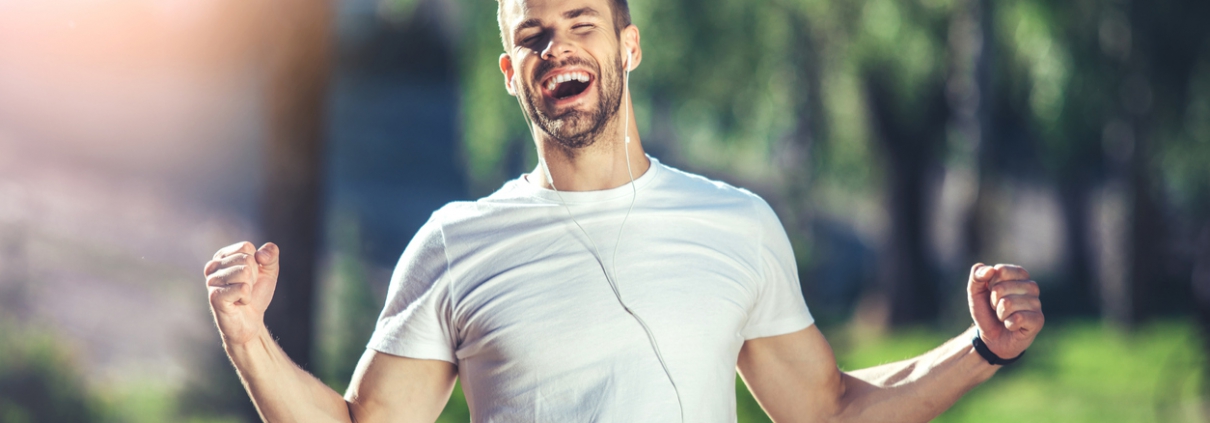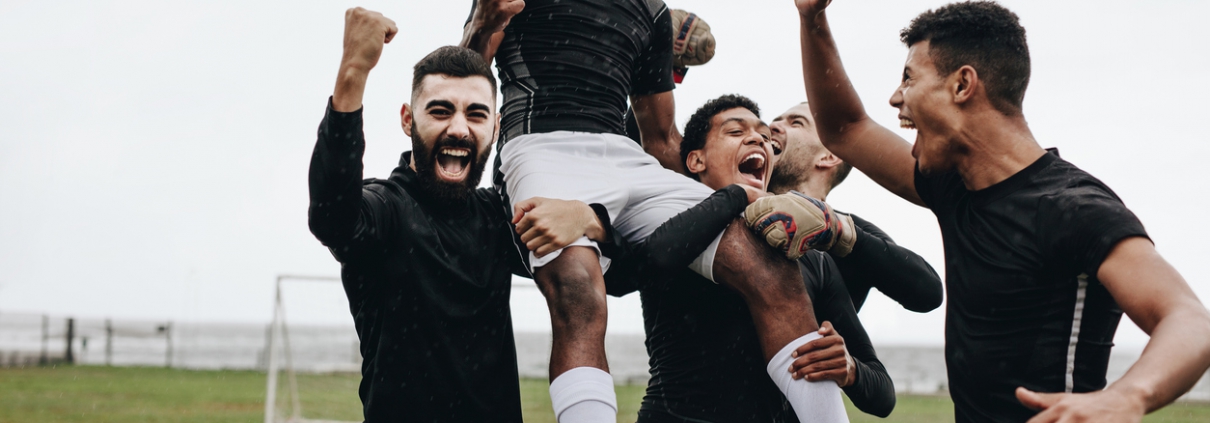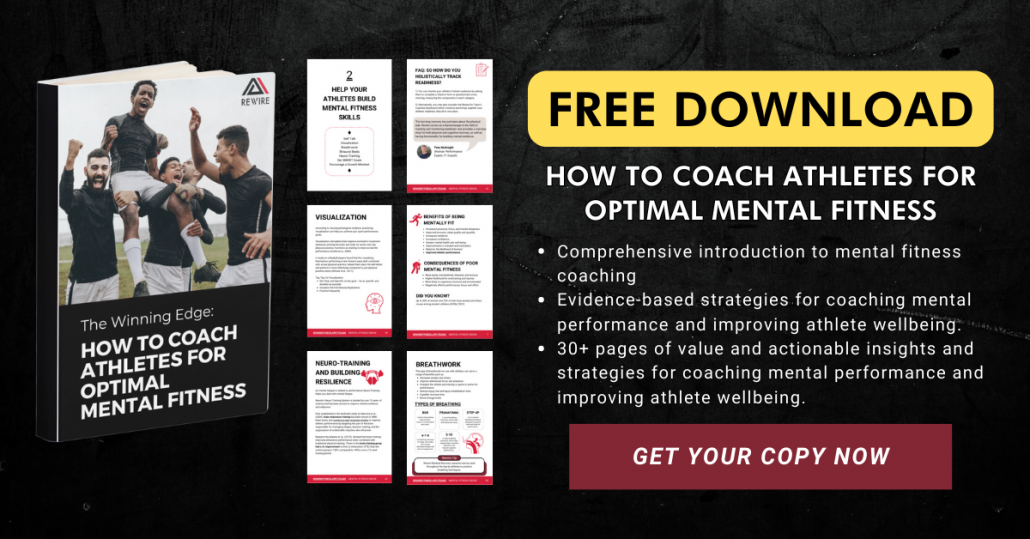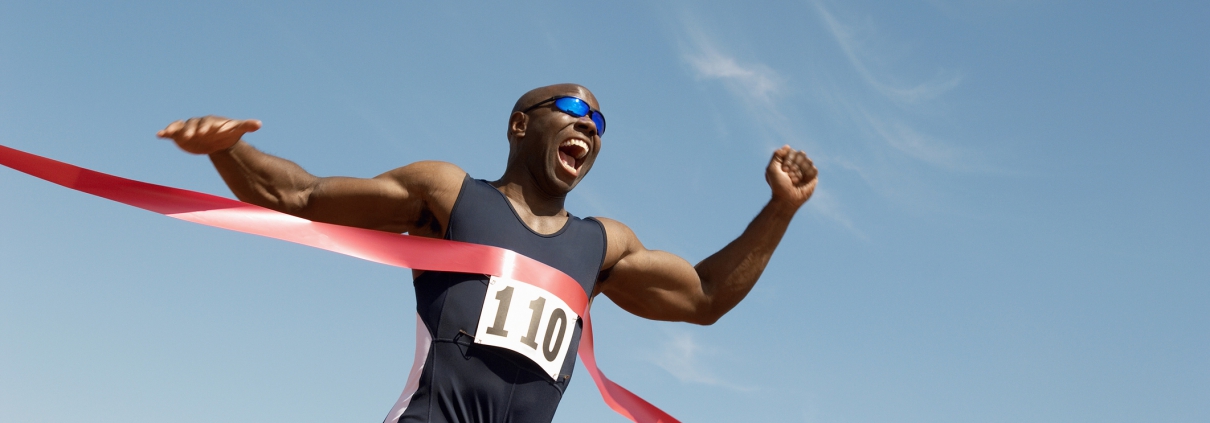4 Powerful Ways To Prioritise Mental Health In Athletes
Get the basics right, and you’ll set yourself up for success.
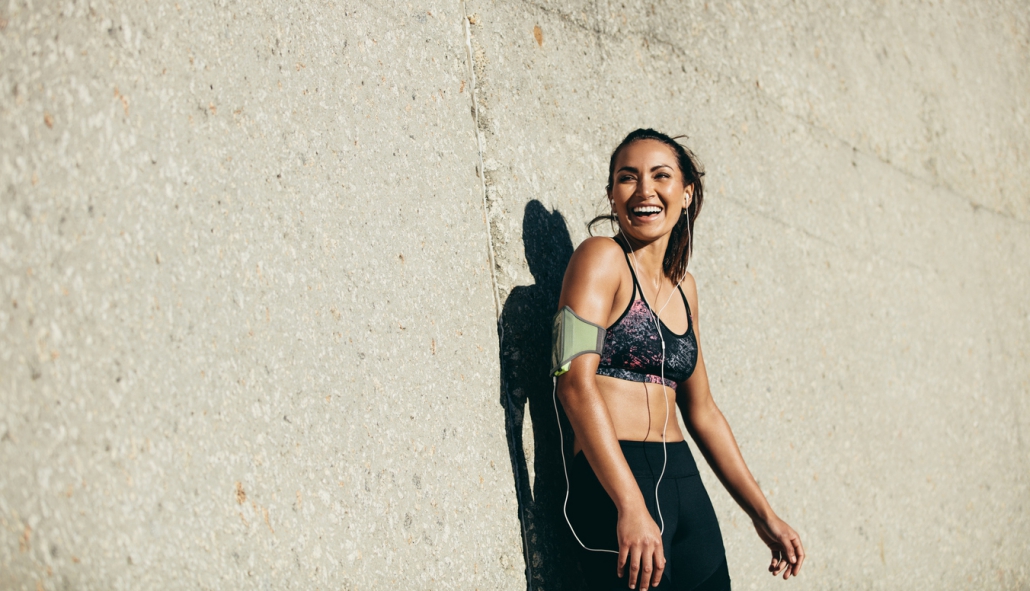
Question: Victoria Pendleton, Gracie Gold, Michael Phelps, Naomi Osaka, Mary Cain, and Tyson Fury… what do these athletes have in common? And we’re not talking about the success they’ve had in their careers.
Answer: Each of these athletes has opened up about their struggles with mental health.
Mental health in sports has become increasingly talked about in recent years. And with the intense pressure elite athletes face, combined with the scrutiny from the public and press, and not to mention internal and external expectations, it’s a recipe for some dark times.
But the more people talk about mental health, the easier it is to set up the right systems to combat it.
Here’s how to prioritise mental health as an athlete.
Key takeaways:
- Prioritise rest, sleep, and recovery
- Find a team or coach that supports you
- Surround yourself with the right support team
- Know when to take a step back
Prioritise rest, sleep, and recovery
You already know the importance of sleep, especially as an athlete.
When we sleep, the body recovers. It’s how our muscles repair and adaptations are made — it’s how we improve.
Think of it like this: each day, you write yourself a check for the hard work you put in (training and nutrition). However, the check is only useful if you cash it in. The bank is sleep — you take your checks, cash them in, and reap the benefits.
If you’re not getting enough sleep, you’re not only at an increased risk of injury, but you might be sacrificing your mental health.
For example, Mind mentioned that those who have trouble sleeping might feel more anxious, depressed, or even suicidal. You may also lack the energy to train and compete. And perhaps, you’ll feel lonely and isolated and not want to train with your team.
Prioritise getting quality sleep and rest each night. If you struggle with sleep, you might want to look at your sleep hygiene — that’s those healthy habits that set you up for sleep success.
Good sleep hygiene habits include:
- Go to bed and wake up at the same time every day
- Get sunlight exposure as early as you can in the day to set your circadian rhythm
- Avoid caffeine after 2 pm
- Limit screen usage in the hours leading up to sleep
You can also check out the Rewire mindset recovery sessions, designed to promote rest, relaxation, and better sleep.
Find a team or coach that supports you
As an athlete, you likely have a coach.
For most, it’s peanut butter and jelly — one does not work quite as well without the other.
Whether you’re a long-distance runner, javelin thrower, professional basketball player, or tennis player, a coach guides your training and provides mentorship.
And while sometimes there isn’t too much choice, if you can choose, try to find a coach that supports you.
Let’s use the Mary Cain example: she was the fastest girl in America until she joined Nike. Until she wasn’t. To cut a long story short, the coaching relationship was far from a match made in heaven.
According to Cain, the coaching team did not listen to her needs. They told her she needed to become thinner, and thinner, to become faster, as mentioned in a video for the New York Times.
Over time, she fell into a system where weight loss was encouraged to an unhealthy extent. Ultimately, this wreaked havoc on her mental health and even led to suicidal thoughts.
While it’s easy to say, “choose your coach wisely,” it can be challenging to do in person. But if you can get a coach that works with you and supports you, then you’ve ticked one of the big boxes.
Surround yourself with the right support team
Your coach is your main mentor, but alongside working with a coach who supports you, try to find other athletes who stand in your corner.
It helps to have a support team behind you. That can include athletes, coaches, coaching staff, and friends and family.
But more importantly, work on surrounding yourself with the right people.
Talking to other athletes is an excellent place to start. You have a lot in common, likely encounter the same problems, and you understand the intense pressure of sport.
You don’t need to build a supportive team and network overnight, but you should be intentional about it.
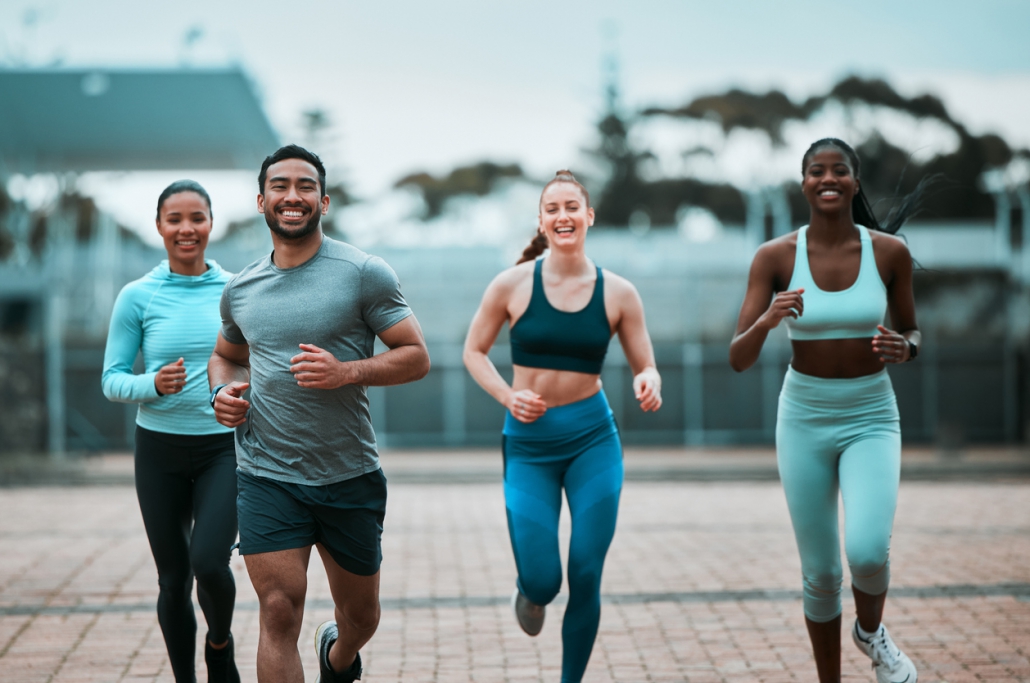
Know when to take a step back
Professional Greek Olympic runner, Alexi Pappas, suffered from depression following the Olympic games—she wasn’t ready for what happened after she achieved her dream.
Now a major advocate for mental health, Pappas was told that her depression was a “scratch on her brain.” This helped her visualise her injury, and know that it did affect her but that it could be fixed.
Pappas stands behind this statement and emphasises mental health as a legitimate bodily need. She goes on to say, “…if you’re unable to compete because you’re risking your body, then don’t compete.”
A great example of this is professional tennis player, Naomi Osaka, who withdrew from the French Open back in 2021 for mental health reasons. As athletes, we need to know when to take a step back, and not to feel ashamed about it. It should be as essential as eating, drinking, and breathing — prioritise mental health the best you can.
Related: Naomi Osaka: Mental Health Journey.
Use Rewire to optimise recovery
Keeping tabs on your mental health, checking in with yourself, and optimising recovery can prove challenging. But you can use the daily Rewire readiness platform to track physical, cognitive, and emotional states.
Based on your holistic readiness score, Rewire’s engine generates tailored recovery sessions designed to address your unique needs such as reducing stress, improving sleep, or achieving a more relaxed state.
The app also integrates with Strava, OURA, and other platforms to provide you with a holistic view of your health, training, and recovery status.
While it’s impossible for us to know how you’re feeling, prioritising time for yourself each day and assessing your readiness score is a great place to start when it comes to putting your mental health first as an athlete.

